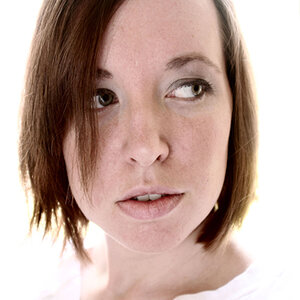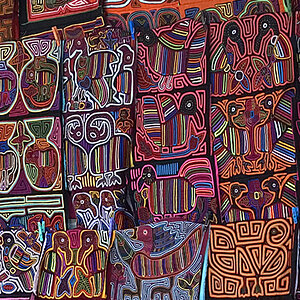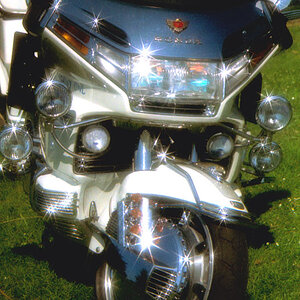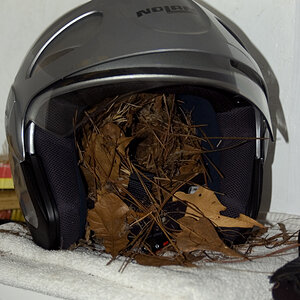ThomThomsk
TPF Noob!
Start with one or two films and get to know them properly. That doesn't mean shooting a couple of rolls of each - it may mean 20 or 50 or 100, that will depend on you. You haven't said if you are developing your own, and you want to know about colour and b&w, which doesn't really narrow things down much, so I'll tell you what I did.
I chose two Ilford b&w films, HP5+ and FP4+. HP5+ is a 400 ISO traditional b&w film which has a bit of grain, good exposure latitude and the 400 speed means that it is 2 stops faster than a 100 ISO film, so hand held shots are more likely to be possible in lower light (especially as I use it in a 35mm rangefinder). If you wanted to use the Kodak equivalent, that would be Tri-X.
FP4+ is a 125 ISO traditional b&w film with very little grain, extremely wide exposure latitude and is my 'normal' film. It is so flexible it is hard to mess up and I mostly use it in 120 rather than 35mm, but the principles are the same. Don't know Kodak products well enough to tell you their equivalent.
If I wasn't developing my own then I would probably use Ilford XP2 Super, which is a C-41 process b&w film that can be processed at any mini-lab or supermarket. It is 400 ISO, fine grain and is capable of really excellent results. You can have HP5+ and FP4+ or any other conventional b&w film developed by a lab, but these days it probably means sending it away somewhere, and it is often more expensive.
I chose two Ilford b&w films, HP5+ and FP4+. HP5+ is a 400 ISO traditional b&w film which has a bit of grain, good exposure latitude and the 400 speed means that it is 2 stops faster than a 100 ISO film, so hand held shots are more likely to be possible in lower light (especially as I use it in a 35mm rangefinder). If you wanted to use the Kodak equivalent, that would be Tri-X.
FP4+ is a 125 ISO traditional b&w film with very little grain, extremely wide exposure latitude and is my 'normal' film. It is so flexible it is hard to mess up and I mostly use it in 120 rather than 35mm, but the principles are the same. Don't know Kodak products well enough to tell you their equivalent.
If I wasn't developing my own then I would probably use Ilford XP2 Super, which is a C-41 process b&w film that can be processed at any mini-lab or supermarket. It is 400 ISO, fine grain and is capable of really excellent results. You can have HP5+ and FP4+ or any other conventional b&w film developed by a lab, but these days it probably means sending it away somewhere, and it is often more expensive.






![[No title]](/data/xfmg/thumbnail/35/35929-8650428697cfb142a7b9a4e8ef731178.jpg?1619737232)

![[No title]](/data/xfmg/thumbnail/34/34697-f005f86bec84436c239ae8f8834b29f2.jpg?1619736606)

![[No title]](/data/xfmg/thumbnail/32/32631-60d0db057ee085953a0921e337396654.jpg?1619735552)
![[No title]](/data/xfmg/thumbnail/31/31706-3e429b21053f11072ed2e5b37c019073.jpg?1619734964)

![[No title]](/data/xfmg/thumbnail/40/40290-c6963a3e1b72b7543d1633356ec3fc9c.jpg?1619739409)
![[No title]](/data/xfmg/thumbnail/31/31707-a2840f3af9af3a4fa6f6dfbd4028eae5.jpg?1619734964)